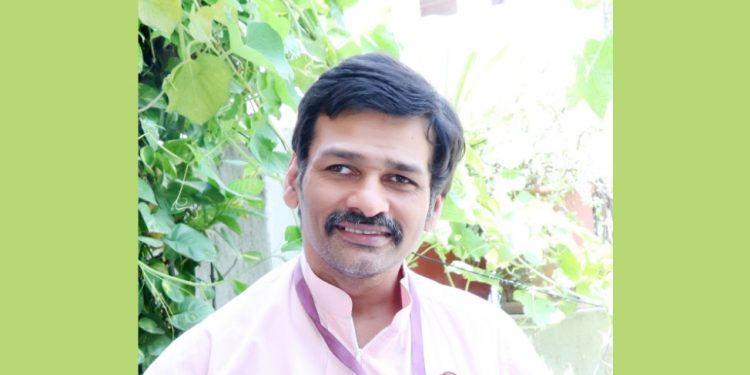Today, it’s crucial to remember the true meaning of “It’s 12 o’clock for Sardar Jee” and honor the bravery of the Sikh community that it represents.
Dr. Riitesh Sinha
Author. App developer. Corona warrior. Poet. Naturopath. Creative innovator. Consummate student. Model employee. Cavinkare Ability Award and ADAPT Activism Award recipient. Recipient of Haryana Divyang Ratna Puruskaar Limca and India Book Record holder. Honorary Doctorate recipient. Many achievements, one name – Dr. Riitesh Sinha.
The expression “It’s 12 o’clock for Sardar Jee” is one that often elicits laughter or a stereotype-driven joke today, yet its origins are steeped in courage, resilience, and a profound sense of duty within Sikh history. This phrase, which has become misused or misunderstood over time, actually represents the valor of the Sikh community, particularly in the 18th century, when they were the last line of defense for countless innocents in Punjab facing persecution.

The roots of this saying stretch back to the era when Punjab was under relentless attacks from invading Afghan forces led by Ahmad Shah Durrani (also known as Ahmad Shah Abdali), as well as the Mughal Empire. These forces would frequently raid villages, loot resources, and forcibly abduct women and children, subjecting the local populace to extreme fear and violence. Amid these turbulent times, Sikhs, especially the legendary Nihang warriors—members of an elite and highly skilled armed order of the Khalsa—took it upon themselves to defend their people.
The Nihangs, committed to protecting their communities, developed strategic methods to combat these invasions. Since they were often outnumbered and facing overwhelming odds, they relied on guerrilla warfare tactics, using surprise attacks to disorient and weaken the invaders. One key tactic was conducting these attacks around midnight. Striking under the cover of darkness was both a calculated and effective strategy, catching the Afghan and Mughal forces off guard. These fearless Sikh warriors would swoop in at 12 o’clock, causing disruption and panic within enemy ranks. Their success was so well-regarded that invaders began to associate the midnight hour with the impending arrival of Sikhs.

This practice and its impact on enemy morale led to the phrase “Bara Baj Gaye,” or “It’s 12 o’clock,” symbolizing the fear instilled in the invaders by the courage of Sikh warriors. The Sikh community’s bravery thus became legendary, as the very mention of “12 o’clock” became synonymous with imminent justice dealt by fearless Sikh protectors.
Unfortunately, over the years, this phrase has been misappropriated and twisted to imply that Sikhs act strangely at noon or that “12 o’clock” has something to do with a humorous stereotype. This interpretation erodes the historical significance and dignity associated with the phrase. In truth, it was a badge of honor that represented a group of people who risked their lives to protect the vulnerable. The Sikh warriors’ sacrifices and sense of duty saved countless lives, preserving both dignity and freedom for their communities.
Today, it’s crucial to remember the true meaning of “It’s 12 o’clock for Sardar Jee” and honor the bravery of the Sikh community that it represents. As history reflects, this phrase encapsulates the selfless spirit of warriors who, even in the face of great peril, did not hesitate to stand up for justice. Let’s celebrate this courage and dismiss the unfortunate misconceptions surrounding it, honoring the true legacy of the Sikh people as protectors and symbols of resilience.














